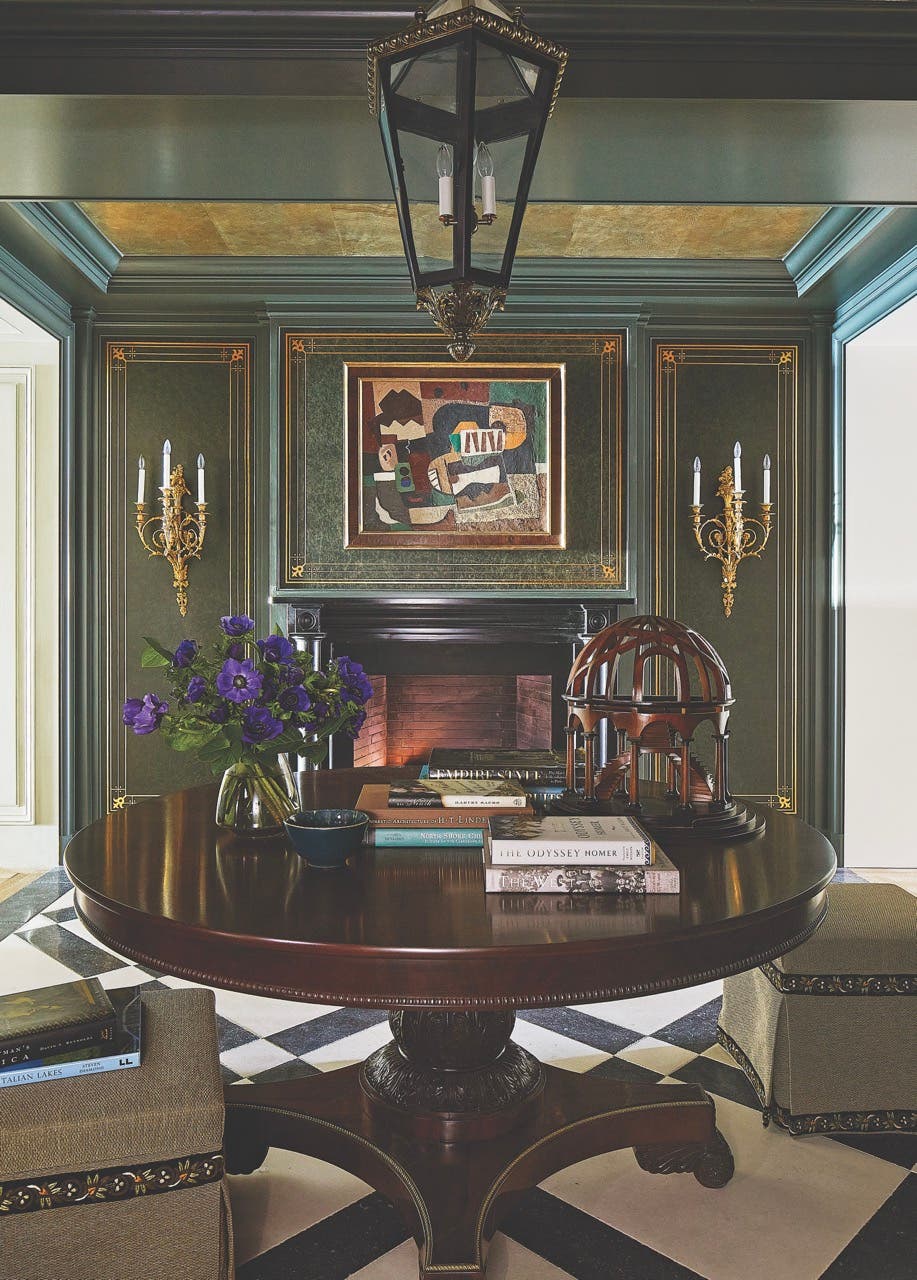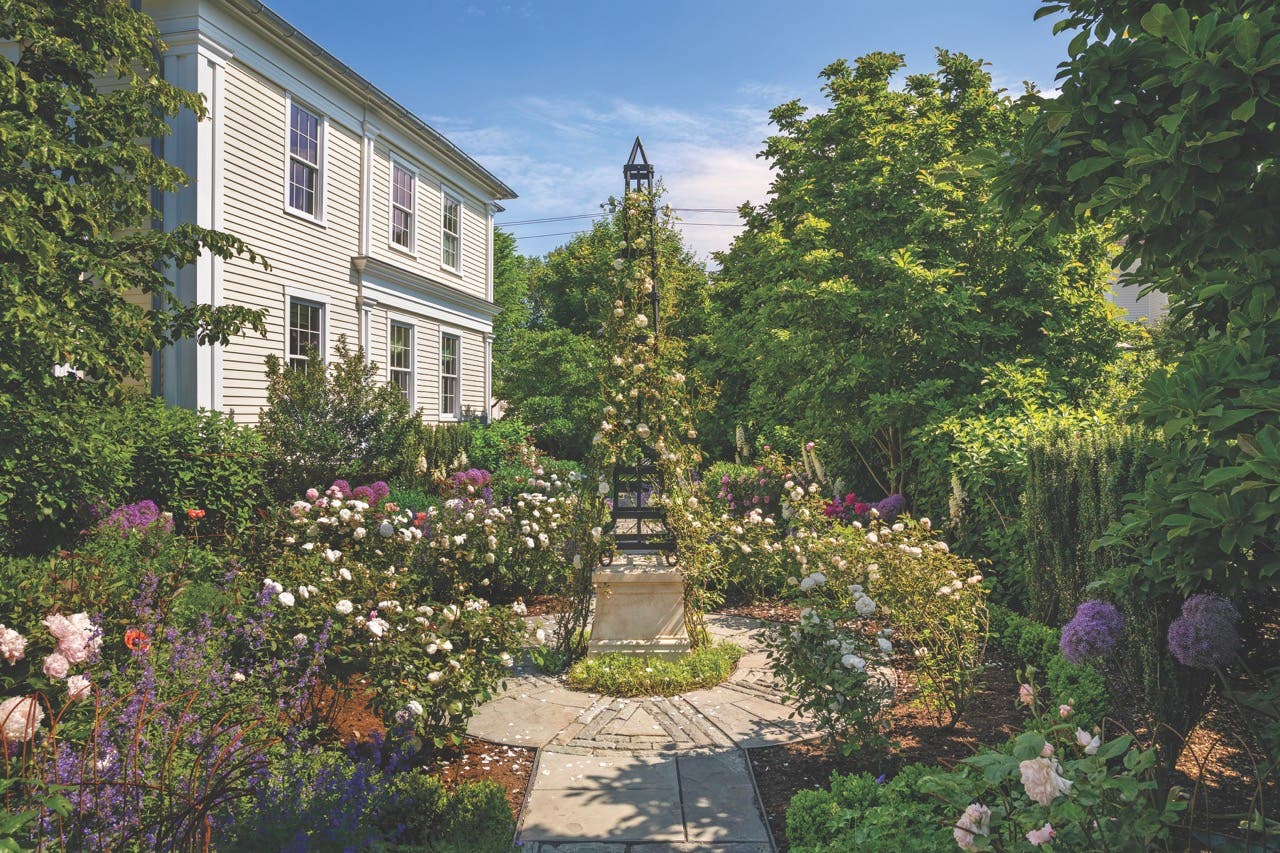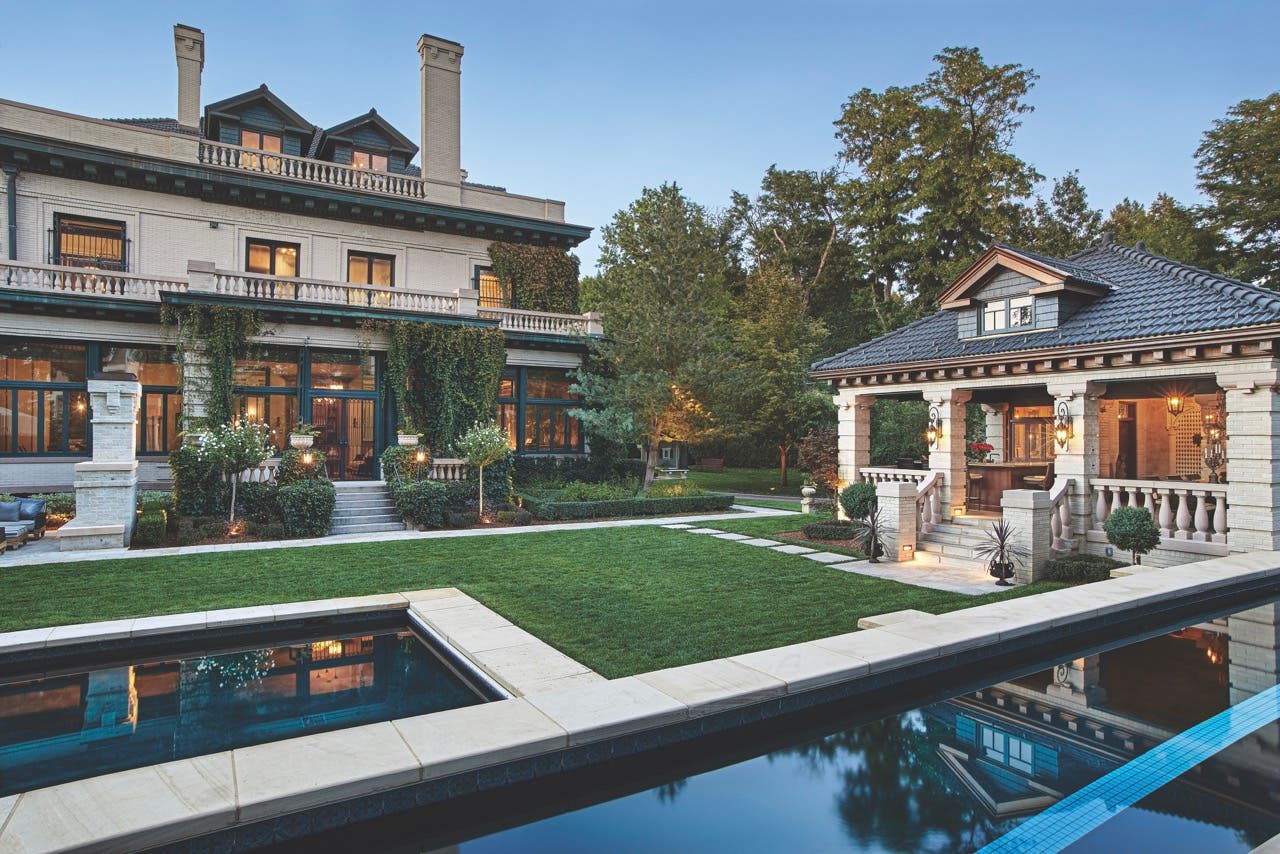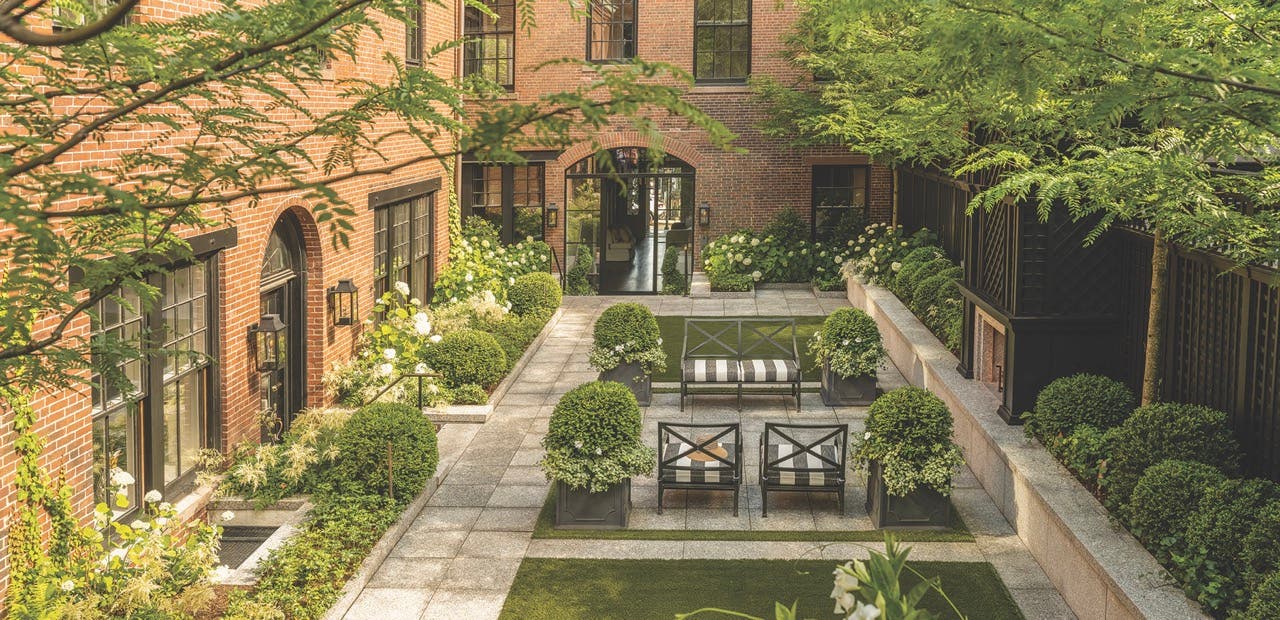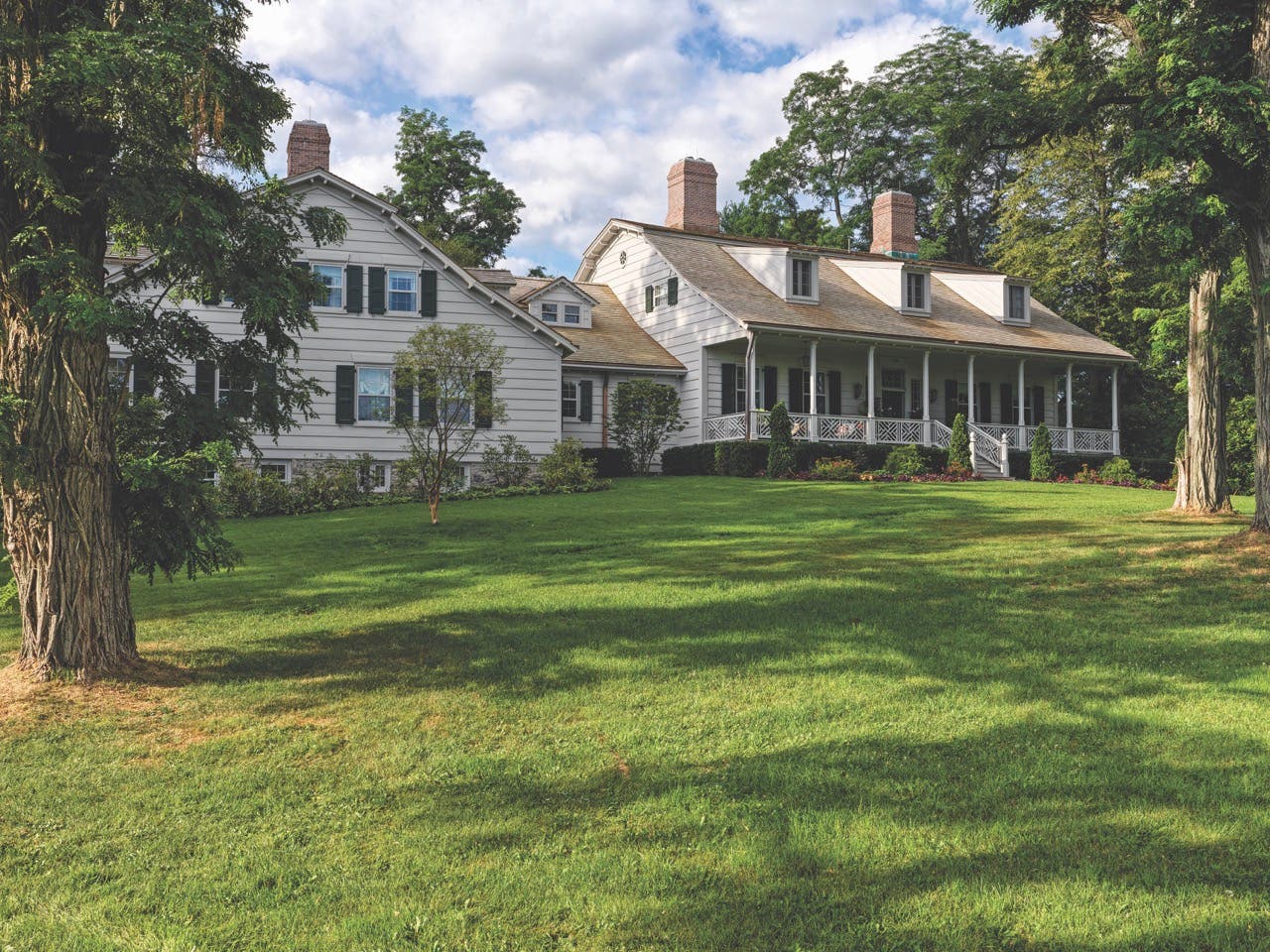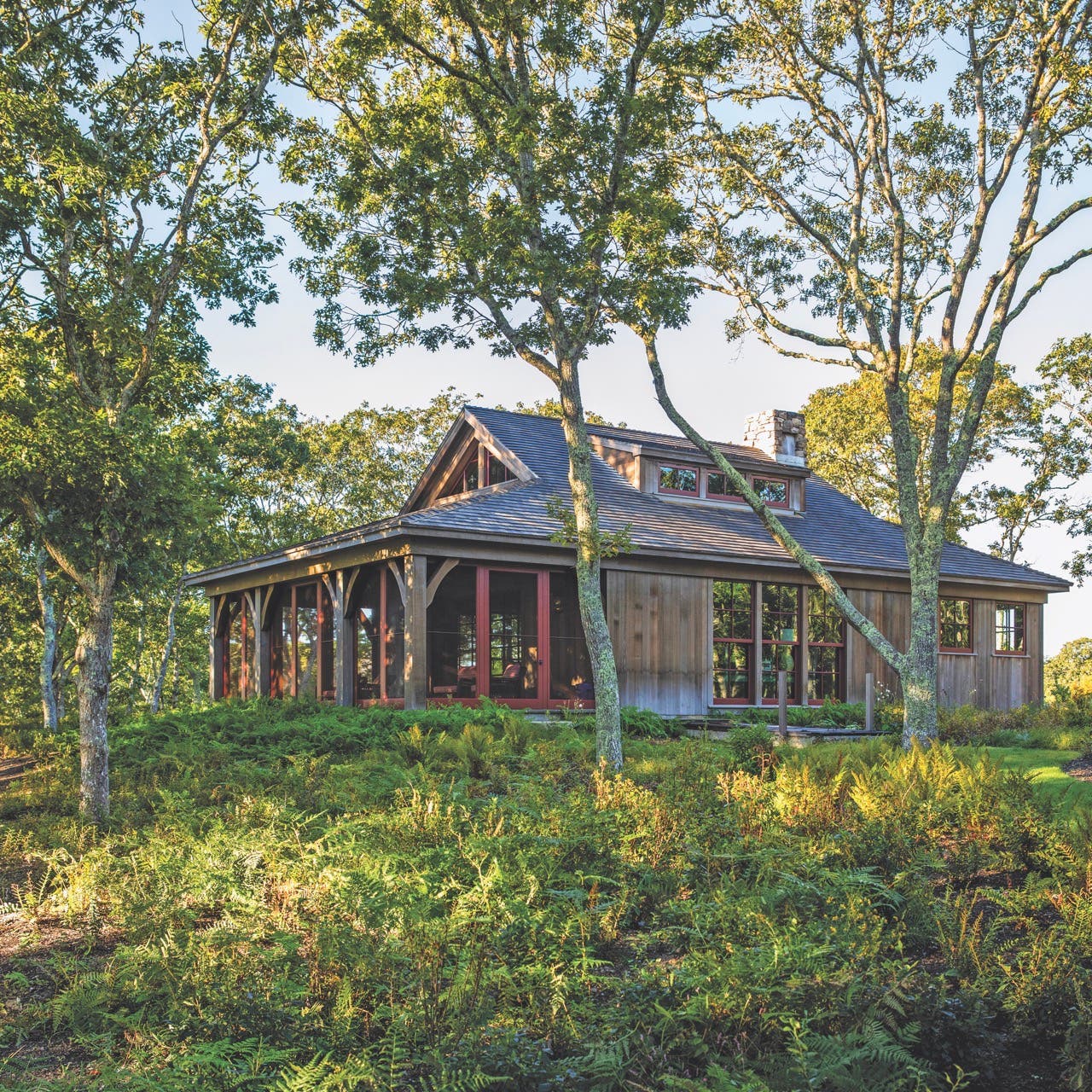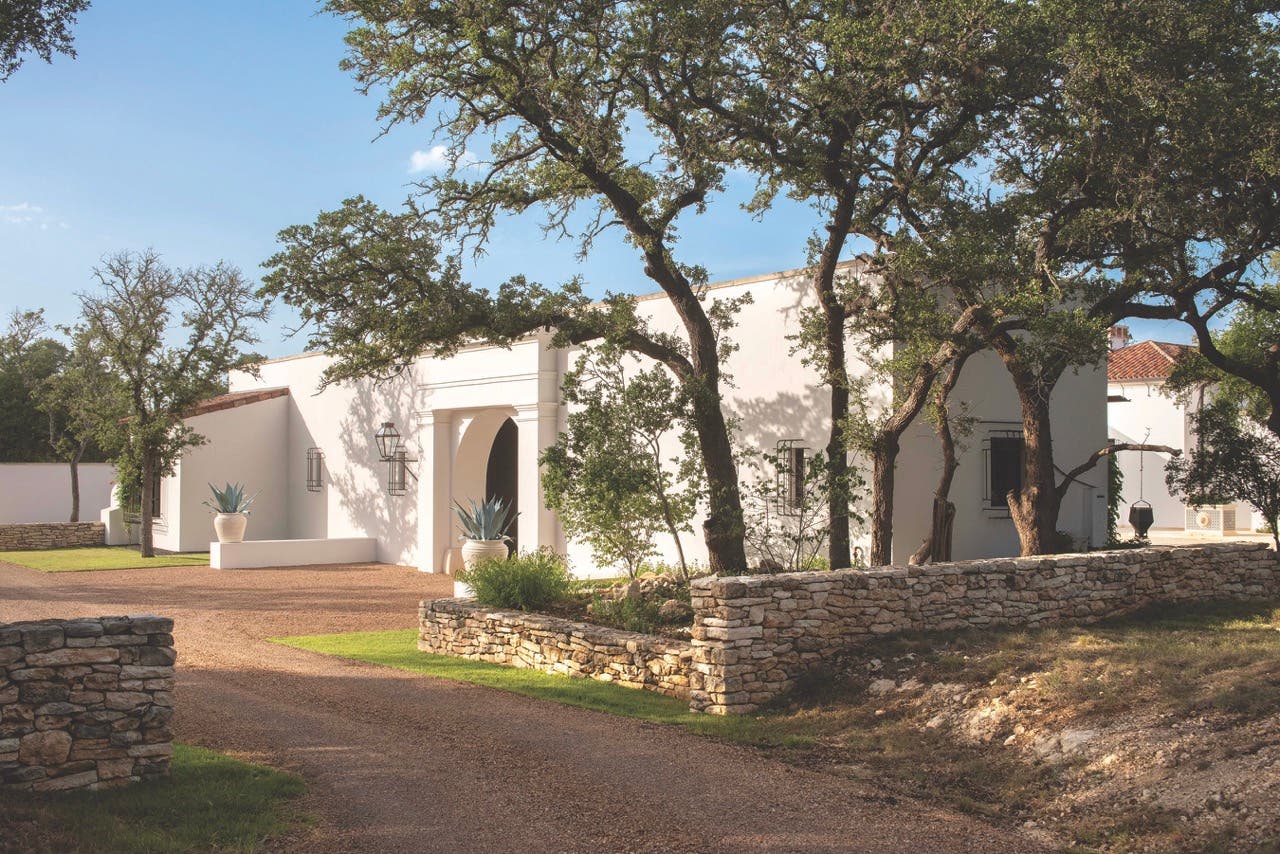
Palladio Awards
Don B. McDonald Architects: Casa Susanna
Near San Antonio, on a patch of pristine land in Texas’s rugged hill country, there stands a new family legacy ranch house that looks as though it has been there for some three centuries.
Designed by Don B. McDonald Architects, AIA, the 7,900-square-foot masonry structure clad in white stucco harks back to the region’s 18th-century Spanish Colonial presidios.
When most clients talk about Spanish Colonial Revival, they refer to the period revival houses that were built in the 1920s,” says Don McDonald, whose namesake firm is based in San Antonio. “But in this case, the family had a passion for the late 18th-century architecture prevalent in northern Mexico and South Texas. This house builds on a unique regional vocabulary that has evolved over 300 years.”
At the entrance to a fertile, secluded valley, the house which is called Casa Susanna, sits at the bottom of a wooded hillside that is accessed via a gravel road that descends discretely to meet it.
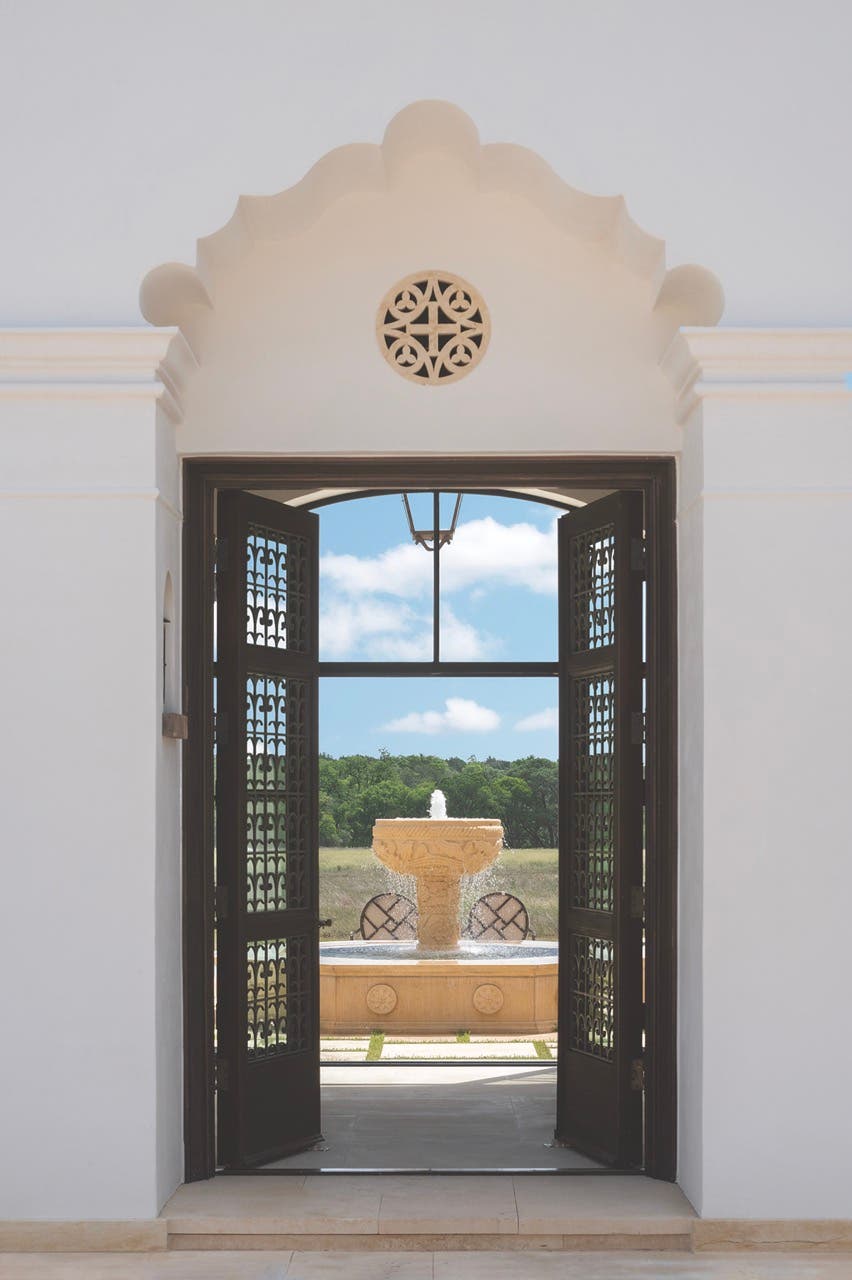
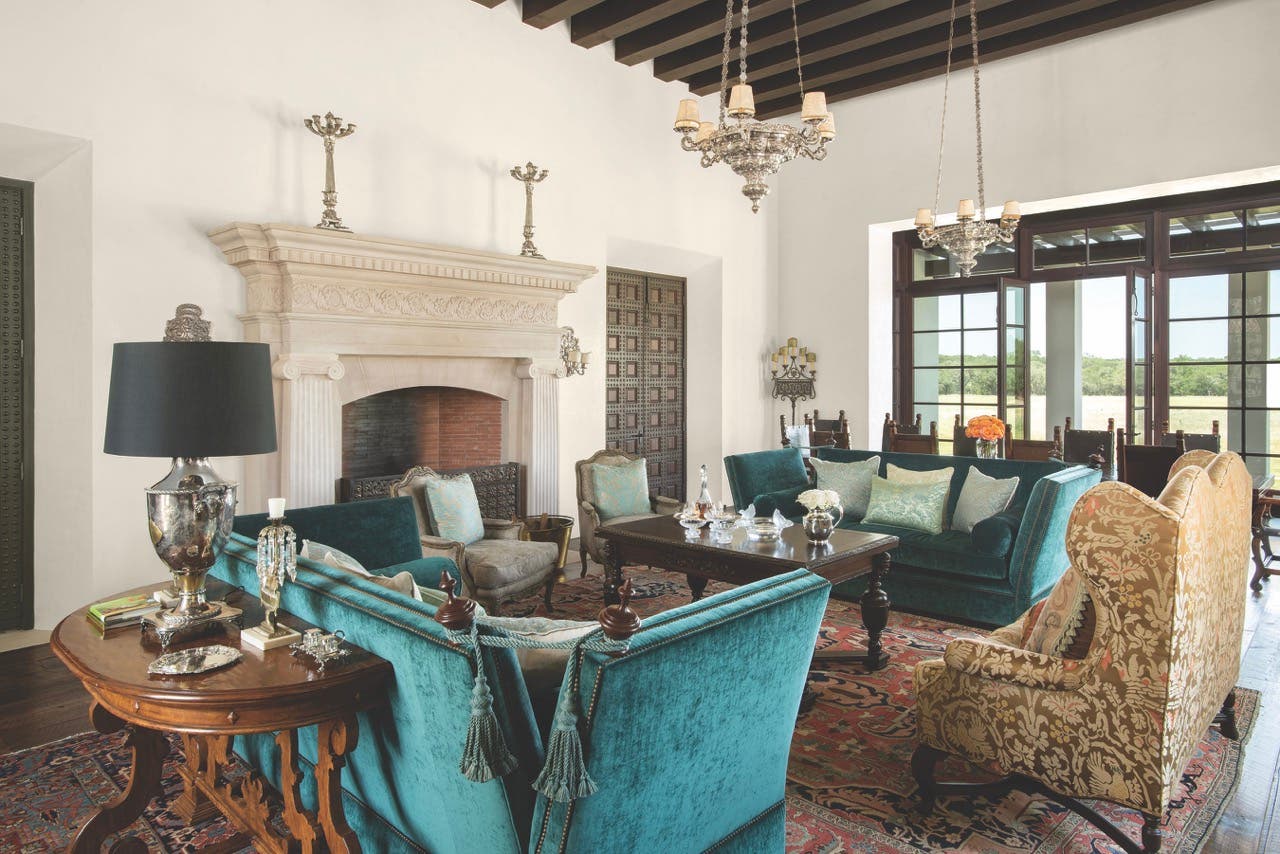
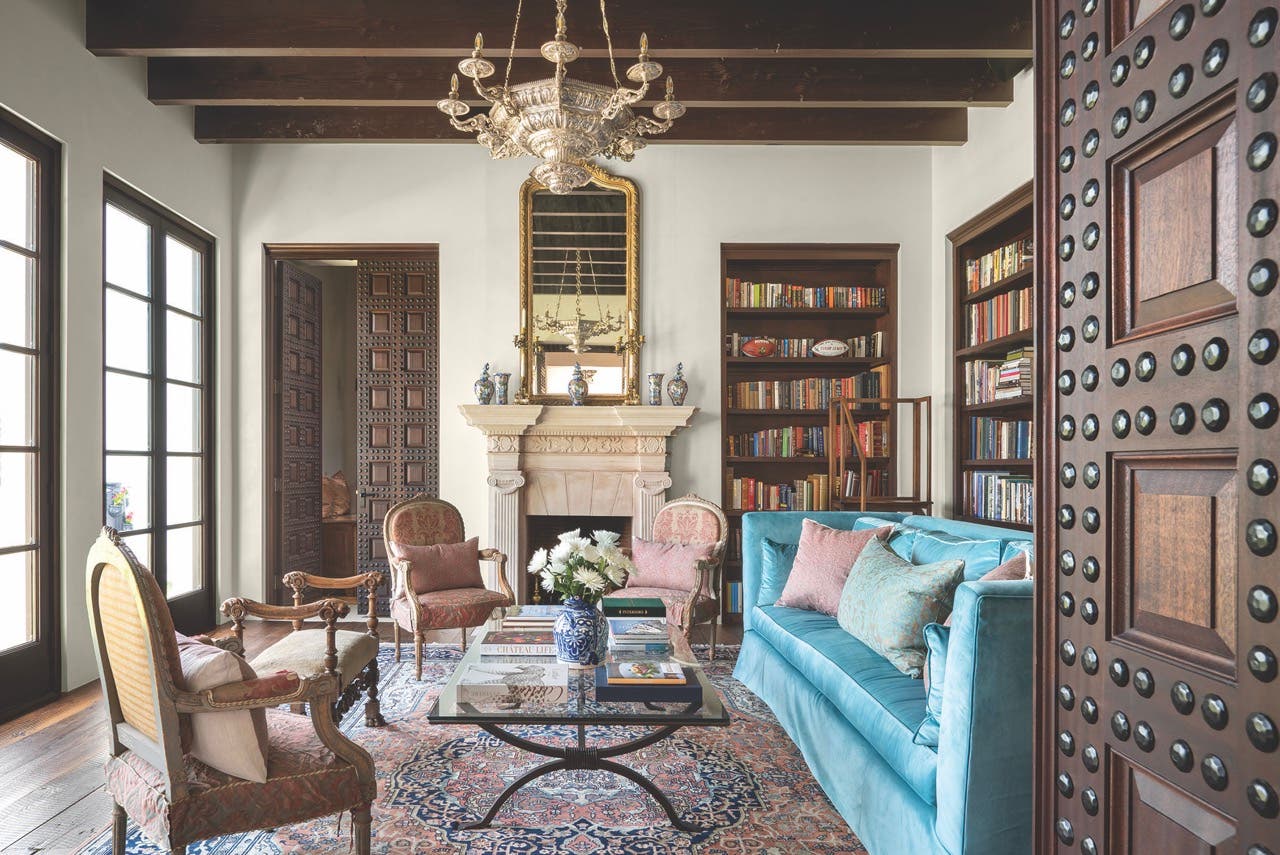
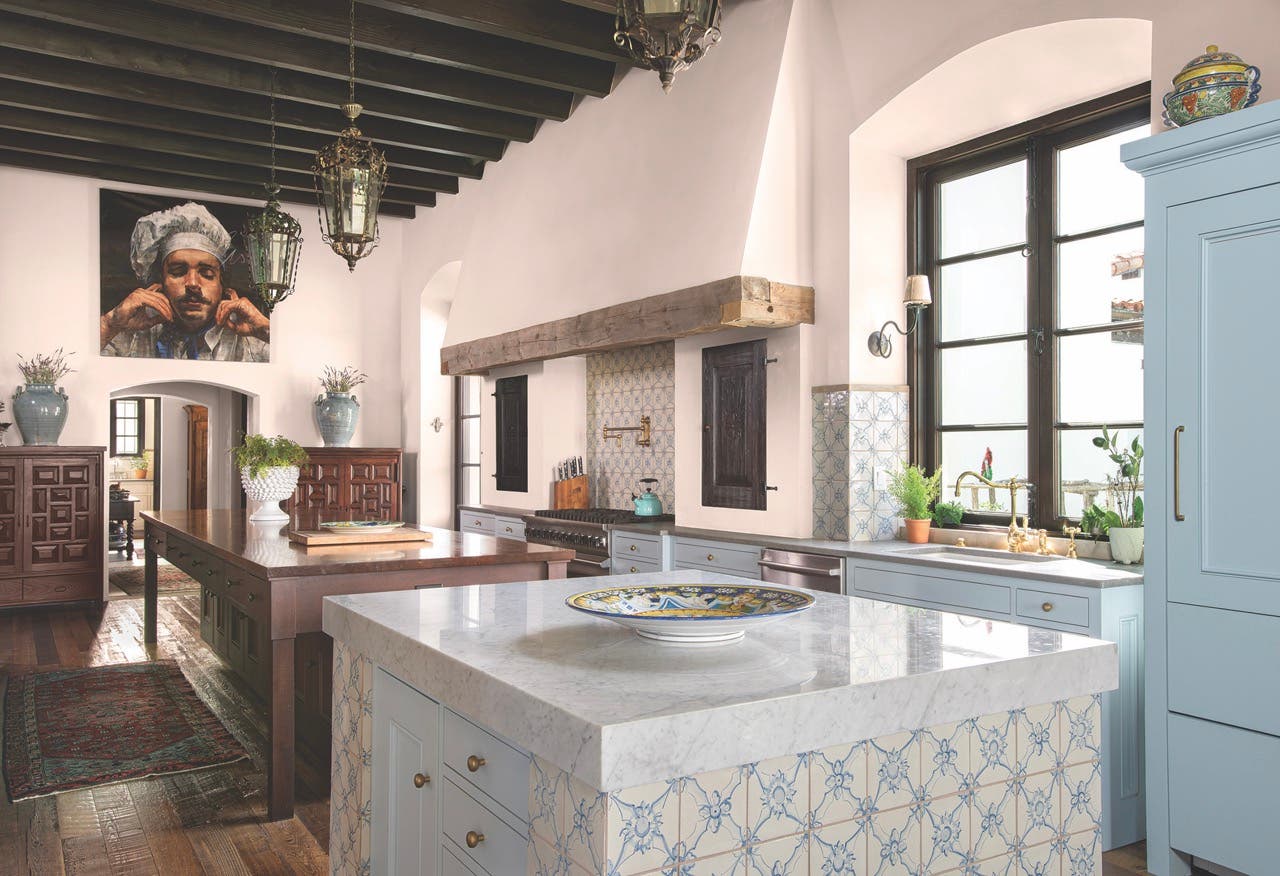
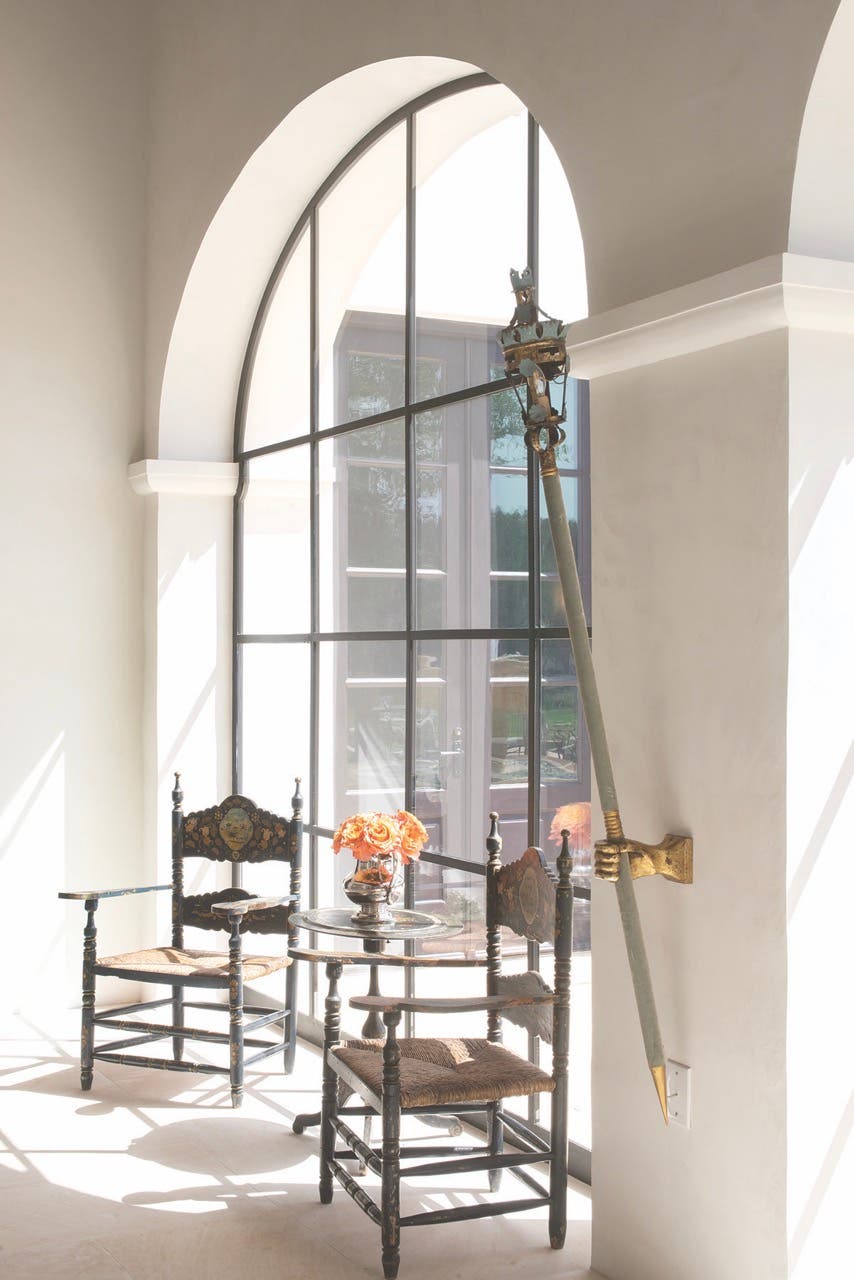
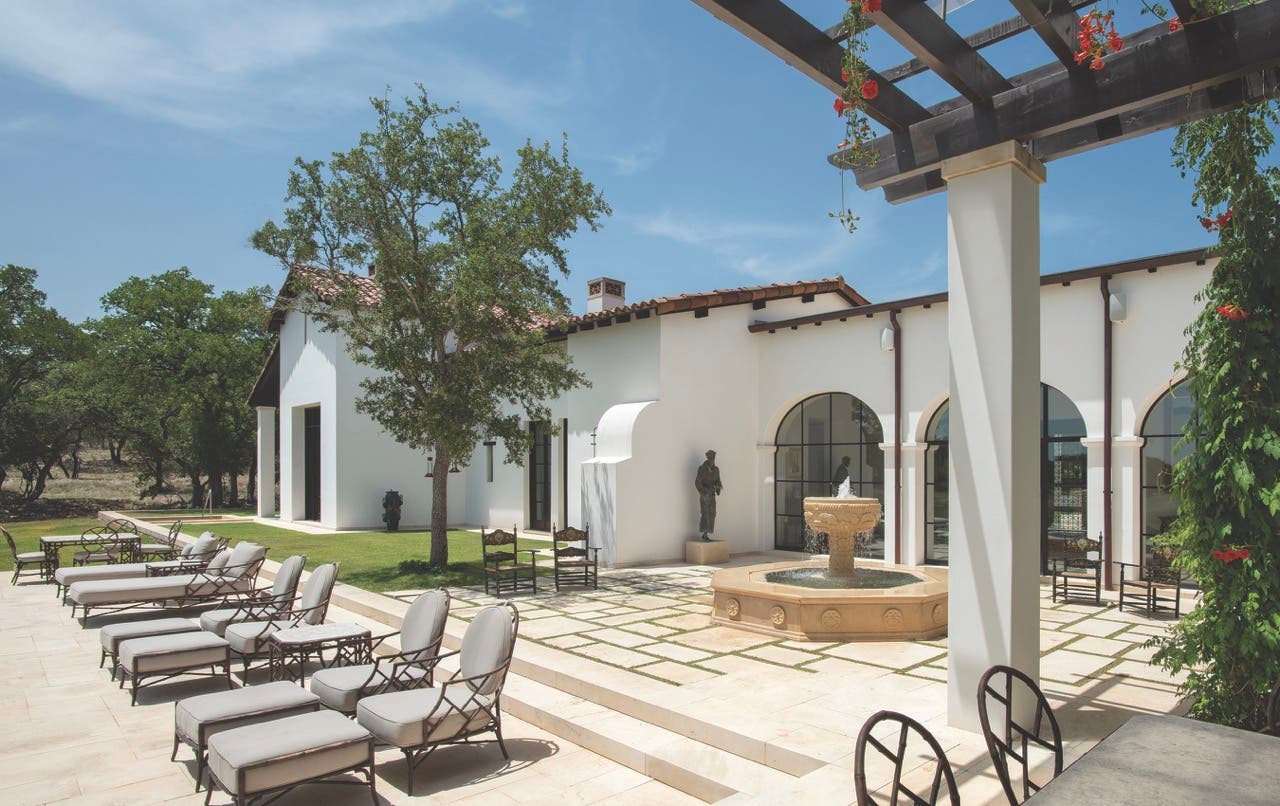
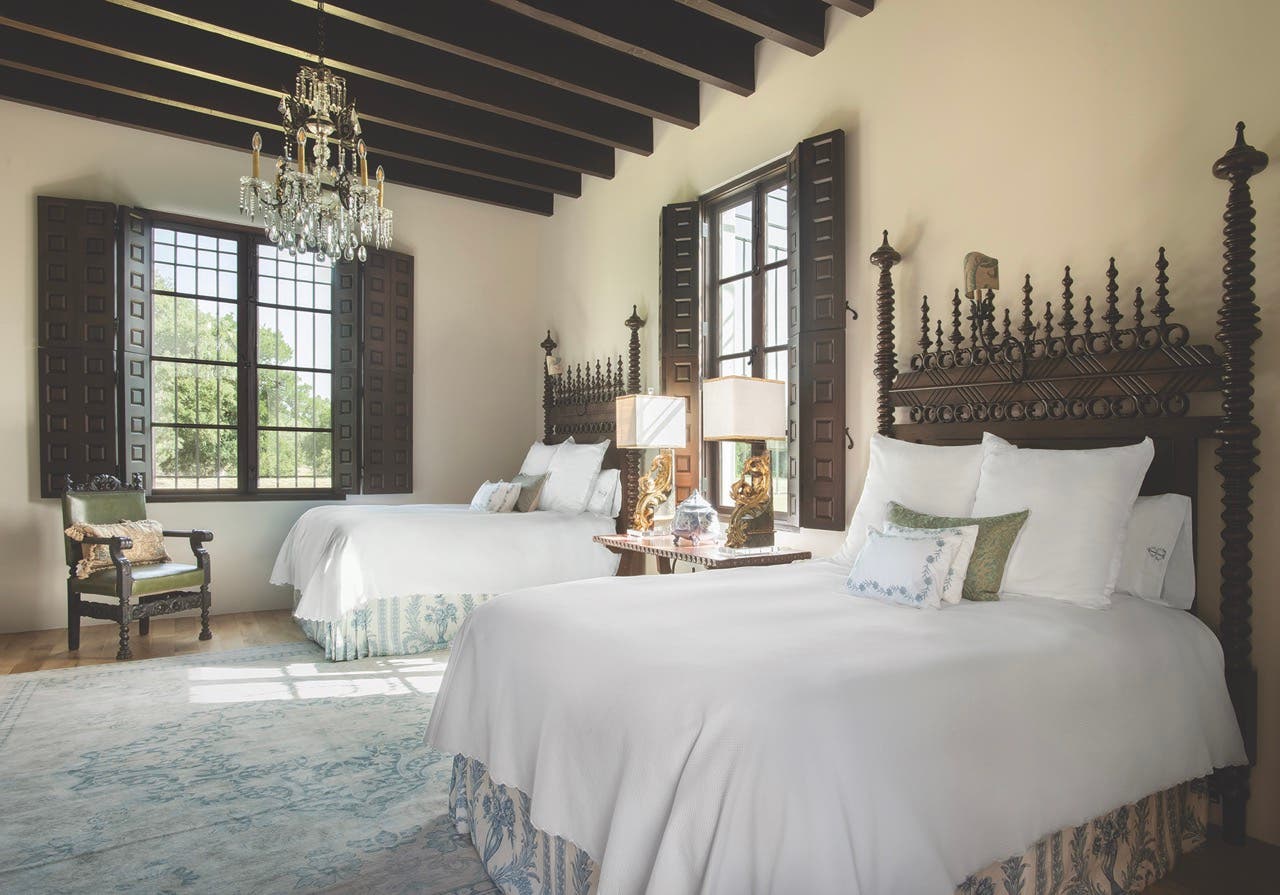

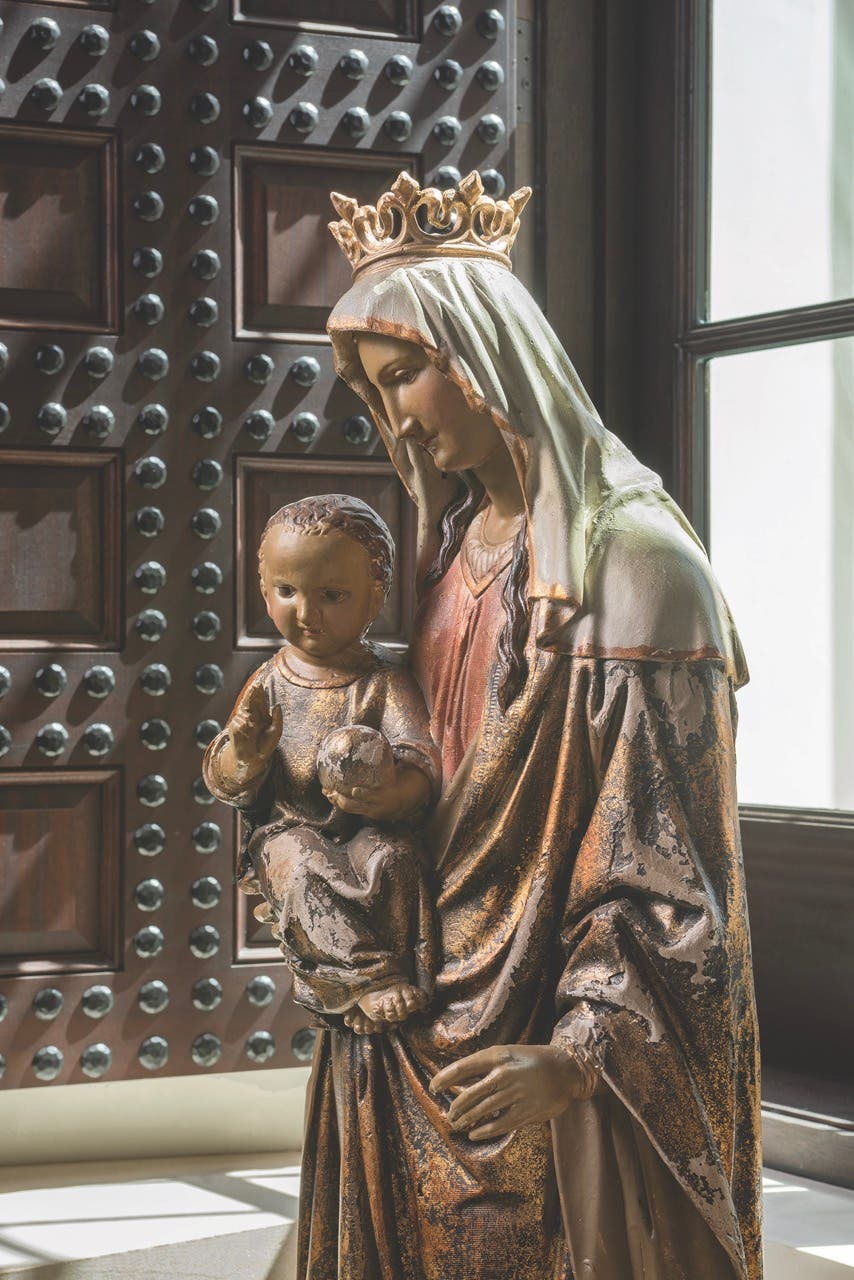
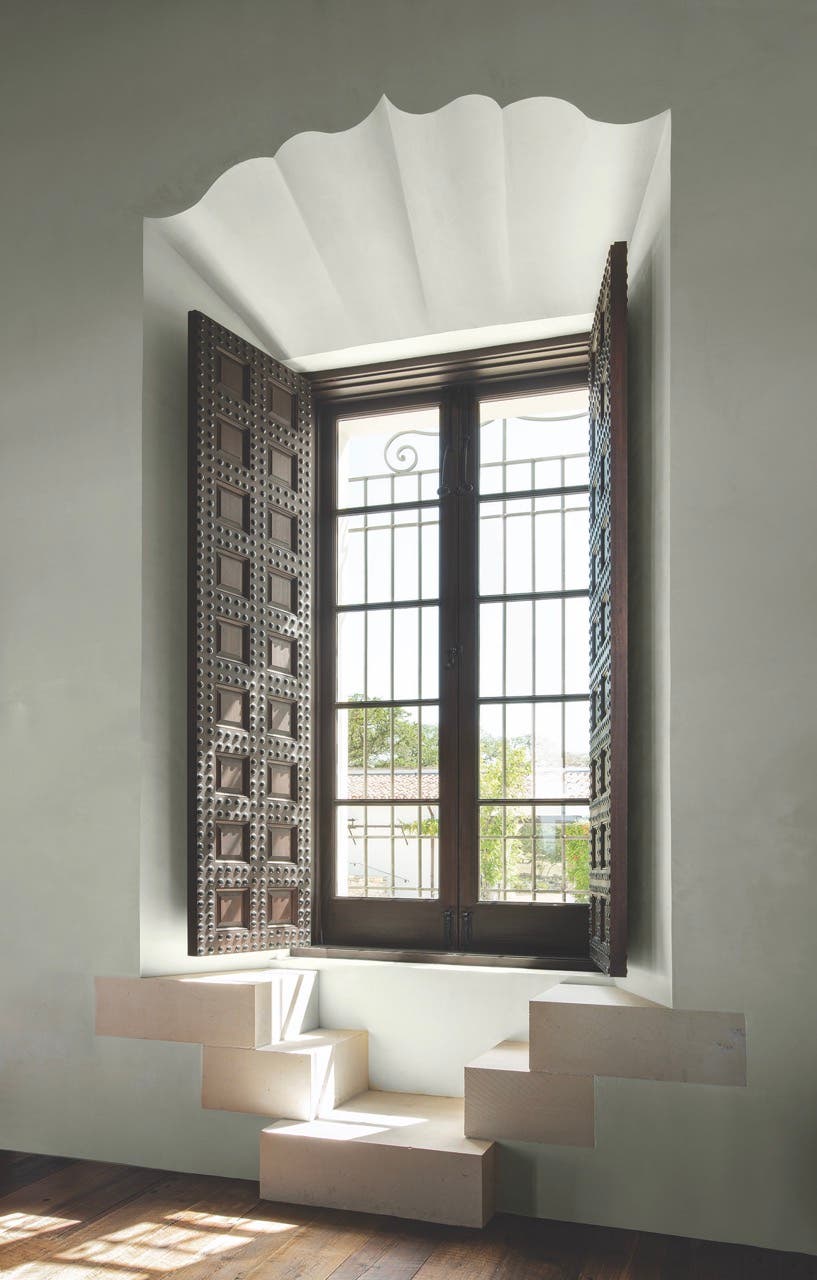
The residence is anchored to a stone bluff and thoughtfully tethered to the land in such a manner that it becomes one with the surrounding landscape.
“The approach to the ranch is scenic—crossing creeks and winding through hills on the way down,” McDonald says. “The road emerges through the trees and arrives at the forecourt before the house reveals itself. The facade and scale are a surprise. It’s at this point that the house begins to reveal itself in layers.”
The ranch is conceived as a series of outdoor courtyards: The Zaguan provides passage to the motor court, where the primary entry portal leads to the St. Francis Court, anchored by a large fountain and flanked by the living room and library. The name of the court is derived from the holy statue presiding from the north wall.
An alternate route leads to a kitchen courtyard and garden, which has citrus trees and a grill area centered around a small Moorish fountain.
“The courtyards are primary in the architectural hierarchy,” McDonald says. “The rooms built into the courtyard walls are secondary. There are no traditional halls—one passes from one room to another, and all rooms open to the courtyards.”
Because the house is on protected land in an ecologically sensitive area, “part of the goal was to keep the context intact and allow it to reside delicately on the site, which has old oak trees, rock outcroppings, and mature vegetation,” McDonald says. “We were careful to maintain the outcroppings and native planting—the house kisses them.”
There is a shift in the Lone Star State toward limiting water usage by reducing lawn sizes and reinforcing the organic relationship between the house and land.
Like Texas’s original Spanish Colonial structures, the passive solar house retains a rainwater collection system and its single-room depth is designed to capture the southeast coastal breeze.
Hand-crafted and hand-carved details bring the ranch back in time. Local craftsmen created its intricate stone designs and the elaborate wood panels punctuated with iron studs on the doors and shutters. The custom 18th-century Spanish Colonial lighting fixtures were designed and fabricated in collaboration with Bolivian artisans.
“What makes this house special is that it speaks to the regional architecture that is unique to Texas,” McDonald says. “It reflects a region that is pragmatic and utilitarian at its core but allows for moments of exuberance.” TB
Key Suppliers
Architect
Don B. McDonald Architects, AIA
General Contractor
Glen Duecker, Duecker Construction Co.
Custom Ironwork
Stephen Karp, Fredericksburg Metal Werks
Custom Stone Craftsman
Rus Thayer
Wood Specialty Furniture
Libor Helesic, Uptown Wood Craft
Bar Millwork
Eloy Estrada, E.M. Estrada
Custom Millwork
Custom Trim & Cabinet
Door and Windows
Pioneer Custom
See the complete list of 2024 Palladio Award Winners



